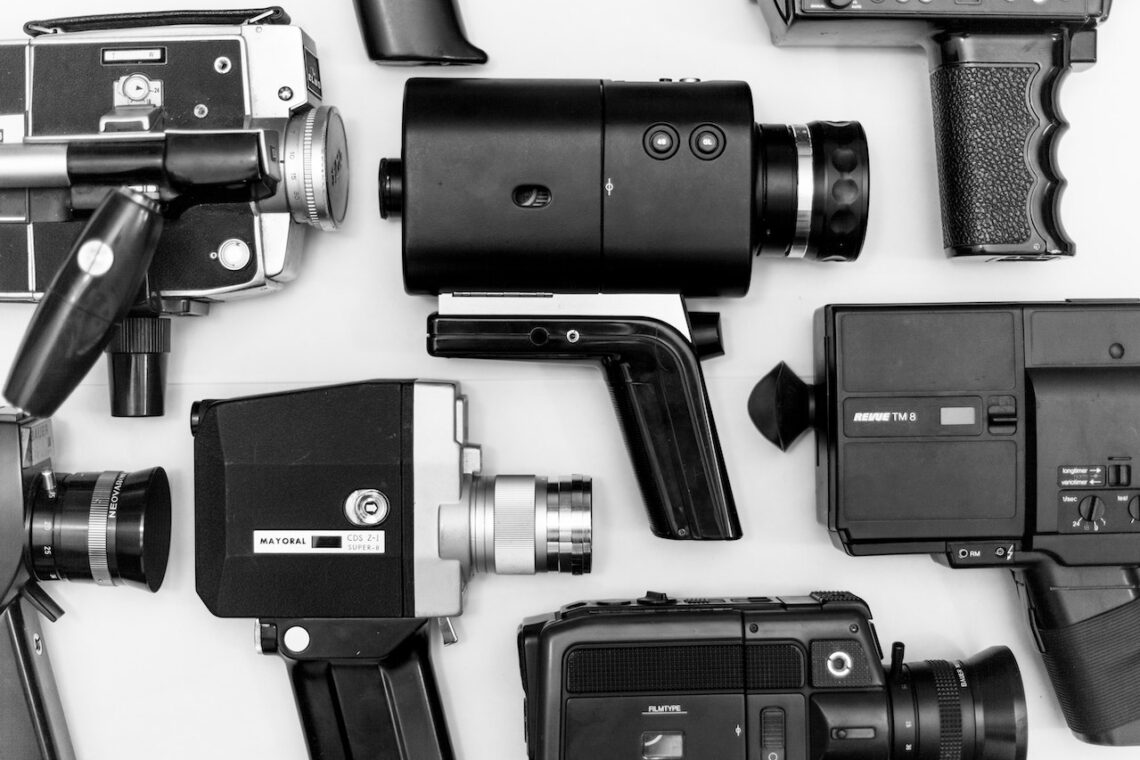The Artistry of Cinematography: Painting Pictures with Light and Motion
July 10, 2023
Cinematography is the art and craft of capturing images that bring stories to life on the big screen. In this article, we delve into the fascinating world of cinematography, exploring its techniques, creative elements, and its profound impact on the visual storytelling experience.
Visual Storytelling through Composition
Cinematography is a powerful storytelling tool that uses composition to convey emotions, highlight themes, and guide the audience’s attention. Through careful framing, the cinematographer composes shots that capture the essence of a scene, making deliberate choices regarding subject placement, camera angles, and the use of negative space. Each composition becomes a visual language, contributing to the narrative and evoking specific emotional responses.
The Play of Light and Shadow
Lighting is an essential aspect of cinematography, as it shapes the mood, atmosphere, and visual aesthetic of a film. Cinematographers skillfully use natural or artificial light sources, along with shadows and highlights, to create depth, contrast, and visual impact. The interplay of light and shadow adds texture, depth, and nuance to the visuals, enhancing the storytelling experience and creating a visual language unique to each film.
Movement and Camera Techniques
Cinematography is not limited to static frames but also involves the dynamic movement of the camera. Cinematographers employ a range of camera movements, such as pans, tilts, dollies, and tracking shots, to add energy, fluidity, and a sense of cinematic immersion. These movements can intensify action sequences, emphasize character dynamics, or provide a subjective point of view, enriching the visual narrative and engaging the audience on a deeper level.
Color and Visual Palette
Color grading and the use of a specific visual palette significantly impact the mood and tone of a film. Cinematographers work closely with colorists to enhance or manipulate colors, creating specific emotional associations and enhancing the visual storytelling. From vibrant and saturated hues to desaturated and muted tones, the choice of colors contributes to the overall aesthetic and helps convey the narrative’s themes and emotions.
Collaborative Process and Director’s Vision
Cinematography is a collaborative art form that involves close collaboration between the cinematographer and the director. The cinematographer translates the director’s vision into visually compelling images, working together to determine the visual style, tone, and overall look of the film. This collaboration requires effective communication, shared creativity, and a deep understanding of the story to ensure the visuals align with the director’s narrative goals.
Conclusion
Cinematography is a blend of technical expertise, artistic sensibility, and collaborative storytelling. Through composition, lighting, camera movement, color, and a deep understanding of the director’s vision, cinematographers craft visually stunning images that enhance the storytelling experience. Their work brings narratives to life, captivating audiences and immersing them in the cinematic world. The artistry of cinematography continues to push the boundaries of visual storytelling, creating indelible images that resonate long after the credits roll.